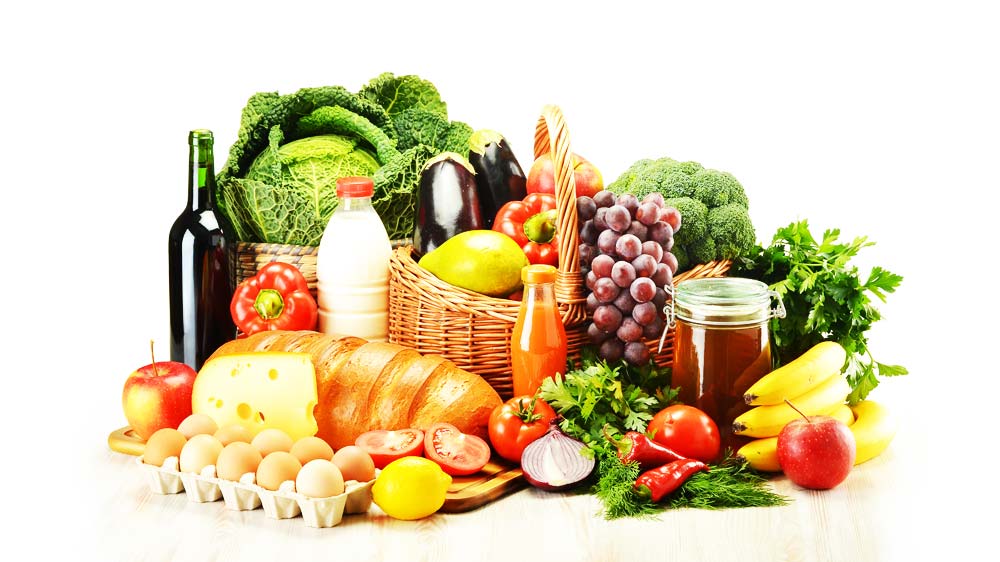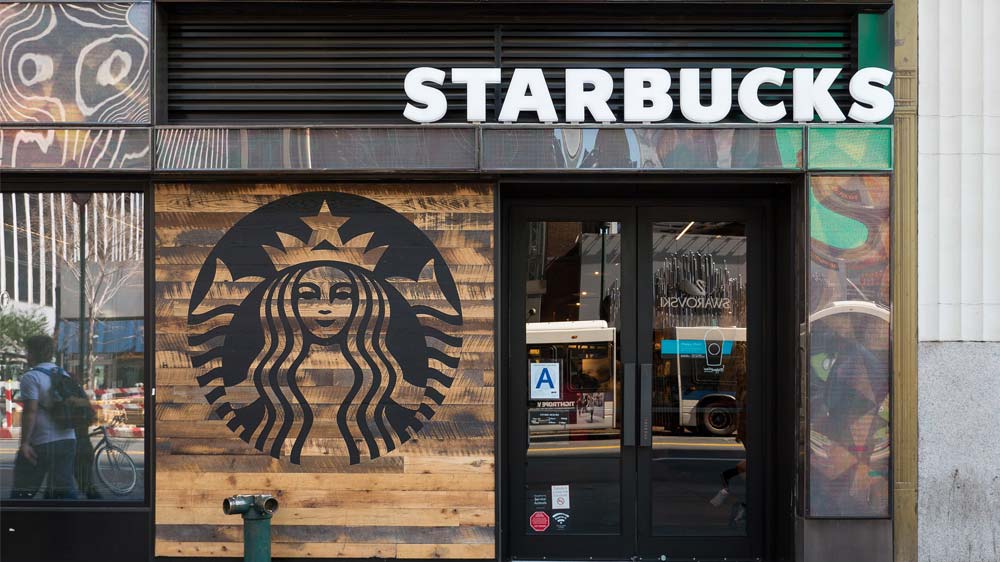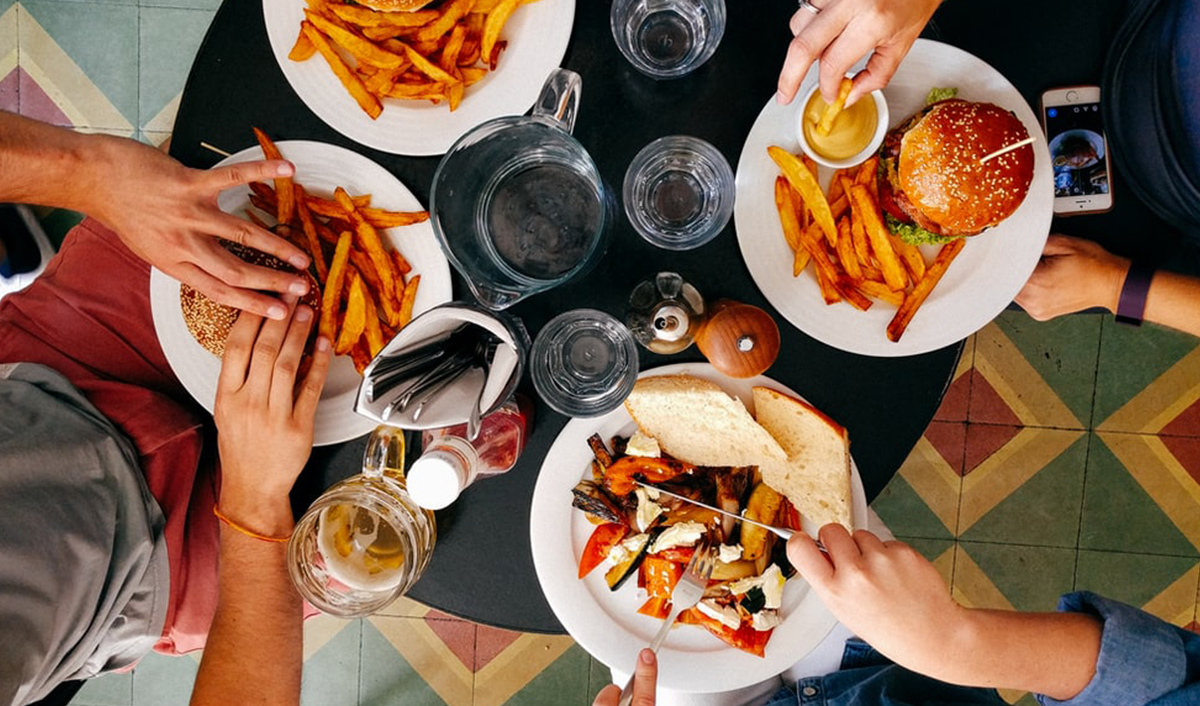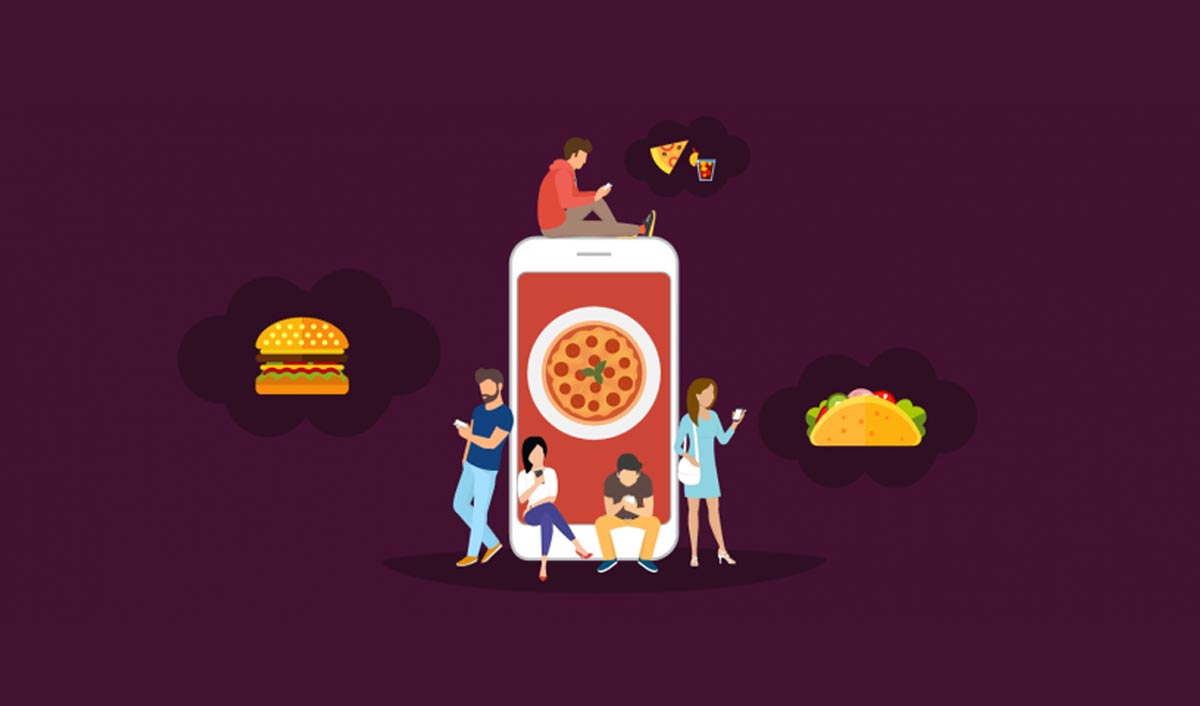The report underscores substantial growth in new recruitments across various fields including sales, marketing, IT, office services, human resources…
Domestic hotel operators dominated signings over international operators with the ratio of 52:48 in terms of inventory volume.
Food has always been a personal choice and occasion driven, and understanding the food preferences is crucial to providing excellent service and…
Most markets reported over 50% occupancy in Jul-21 and Aug-21, the key markets - Jaipur, Goa, Delhi, Mumbai and Hyderabad displayed healthy…
Delhi, Kolkata & Hyderabad have shown the maximum recovery among metros, and are now operating at nearly 2X of Feb '21 levels.
Also, this will be with an exponential increase in the use of digital solutions as the world deals with the concept of contact-less interaction among…
It also added that 64% of respondents in Mumbai prefer takeaway/home-delivery. In addition, 'proximity of restaurant' is considered "…
With lockdown in place for 45-60 days and the unlocking just beginning, it also attempted to understand the kind of visitors people expect to have…
As per Kotak's city-wise forecast, factors include purchasing power, addressable population, palate preferences, extant QSR penetration, cluster…
Mumbai and Pune that opened up last week have seen a promising 10 fold increase in diner count compared to the previous week's numbers.?
Delhi, Bangalore and Hyderabad, more than 2/3rd of consumers are still not ready to dine out at this stage, says 5th Element Hospitality Report.
Reach of food-tech app has grown six times from 2017 to 2019.
With more than 900 food delivery start-ups in the country, the food tech space saw a different wave of tech-emergence in the country.
A recent consumer survey by Puratos revealed an awareness of world consumer trends amongst customers, of experimenting with culinary experiences, a…

Experts also said that food start-ups would continue to thrive for five years and the popular one will be Zomato, Quinto, ChefHost, MeDine, Momoe,…

According to the report, the food delivery segment is growing at a fast pace and constituted 17 per cent of the overall "other online services…

Lately, the Food Safety and Standards Authority of India (FSSAI) has reduced permitted trans-fats content in edible fats and oils in the country from…

According to the Japanese financial services firm, the next logical step for FSSAI would be to tighten the labelling, packaging and testing norms for…

The report also focuses on how to improve 'Ease of Doing Business' in the food and beverages sector and make it more attractive for both…

Restaurateurs said they recognize the growing importance of social channels to interact with patrons, build their brand and manage their reputation.

Race Together is not a solution, Schultz acknowledged, "It is an opportunity to begin to re-examine how we can create a more empathetic and…

World coffee consumption is expected to grow at least 2 per cent in 2015, picking up from an annual rise of 1.8 per cent last year.

It is noticed that the eating pattern largely depend upon offers, discounts, loyalty membership because 59 per cent people eat out on the weekdays.

The platform integrates across these touch points to bring in a complete 360 view of the customer. These data points are used to drive automated…
Copyright © 2009 - 2026 Restaurant India.

















